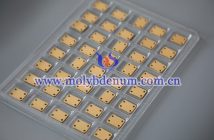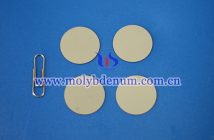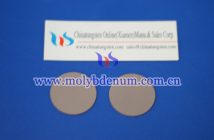Tungsten disulfide (WS?) from CTIA GROUP LTD is a layered transition metal sulfide composed of tungsten and sulfur atoms bonded through covalent bonds. It exhibits excellent lubricity and semiconductor properties, making it widely applicable in fields such as lubrication, catalysis, and electronics. However, to further enhance the overall performance of WS?, researchers often use polymers to modify it.
The primary reasons for modifying WS? with polymers are as follows: First, it improves the dispersibility of WS? in organic solvents or polymer matrices, allowing for more uniform distribution and better performance; second, polymer modification can adjust the surface properties of WS?, enhancing its interactions with other substances, such as improving adhesion to a matrix in composite materials; third, functionalization through polymers can impart new properties to WS?, expanding its range of applications.
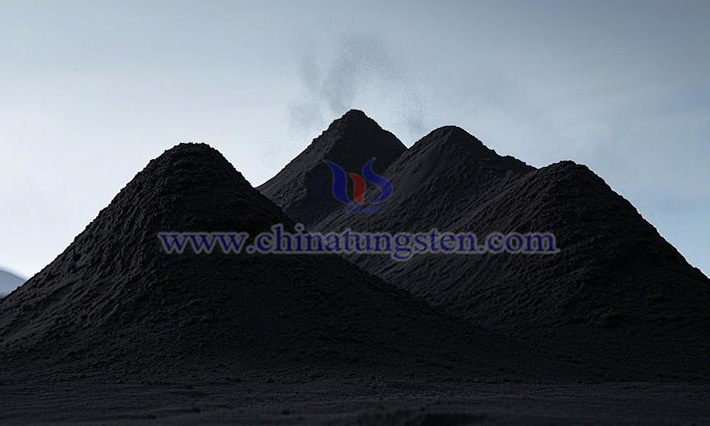
1. Methods of Polymer Modification of WS?
Physical Adsorption: This method leverages physical interactions such as van der Waals forces, hydrogen bonding, or electrostatic attraction between the polymer and WS? to adsorb the polymer onto the WS? surface. For instance, polymer molecules with polar groups can form hydrogen bonds with atoms or groups on the WS? surface, achieving adsorption. This approach is simple and straightforward, with minimal impact on the structure and properties of WS?, though the bonding strength is relatively weak.
Chemical Grafting: This involves introducing reactive groups onto the WS? surface through chemical reactions, followed by reactions with corresponding functional groups on polymer molecules to form covalent bonds, achieving polymer modification of WS?. For example, WS? can be oxidized to introduce oxygen-containing groups such as hydroxyl or carboxyl groups on its surface. These groups can then react with polymers containing amine or epoxy groups via condensation or ring-opening reactions, grafting the polymer onto the WS? surface. This method forms strong chemical bonds between the polymer and WS?, offering robust stability, but the synthesis process is relatively complex and requires precise control of reaction conditions.
In Situ Polymerization: In the presence of WS?, monomers undergo polymerization, with the polymer gradually coating or bonding to the WS? surface during its formation. For instance, WS? can be used as a filler, mixed uniformly with a monomer solution, and then an initiator is added to trigger polymerization. As the polymer chains grow, they bond with the WS? surface, forming a polymer-modified WS? composite. This method ensures good compatibility and interfacial bonding between the polymer and WS?, and the molecular weight and structure of the polymer can be tailored by adjusting polymerization conditions.
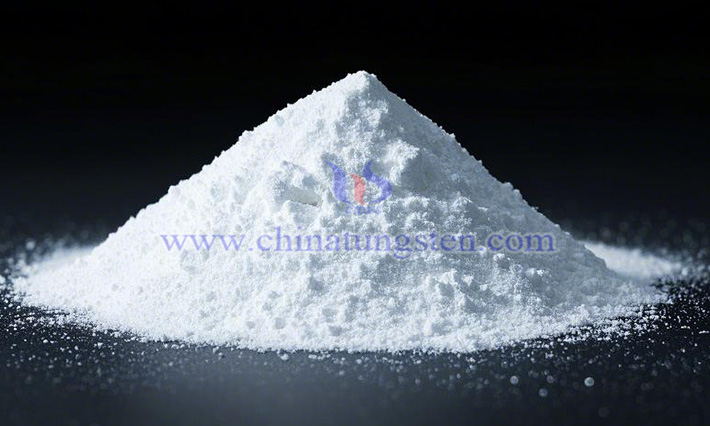
2. Polymers Capable of Modifying WS?
Polyaniline (PANI): PANI is known for its excellent conductivity, environmental stability, and unique redox properties. It can be used to modify WS? via chemical grafting or in situ polymerization. The resulting WS?-PANI composite not only enhances the conductivity of WS? but also exhibits superior performance in applications such as electrochemical sensors and supercapacitors. For example, in supercapacitors, PANI increases the specific capacitance of the material, while WS? improves cycling stability, combining to yield a composite with enhanced energy storage capabilities.
Polypyrrole (PPy): PPy is a conductive polymer with a conjugated structure, offering high conductivity and good electrochemical activity. Through chemical oxidative polymerization, PPy can be in situ polymerized onto the WS? surface, forming a PPy-modified WS? composite. This modification enhances WS?’s prospects in optoelectronic applications, such as improving light absorption and charge transfer efficiency in WS?-based optoelectronic devices, thereby boosting their performance.
Polyethyleneimine (PEI): PEI is a water-soluble polymer with numerous amine groups, which can chemically react with oxygen-containing groups on the WS? surface, achieving chemical grafting. PEI-modified WS? holds potential in biomedical applications, where PEI enhances the dispersibility and biocompatibility of WS? in biological systems, making it suitable as a drug carrier or bioimaging agent.
Polymethyl Methacrylate (PMMA): PMMA is a common polymer with excellent optical properties, mechanical strength, and chemical stability. It can be applied to WS? via physical adsorption or in situ polymerization. PMMA-modified WS? finds use in optical devices and composite materials; for instance, in optical devices, PMMA improves the optical properties of WS? while enhancing the material’s mechanical strength and stability.
Polyacrylic Acid (PAA): PAA contains numerous carboxyl groups that can form coordination bonds with metal atoms on the WS? surface, enabling modification. PAA-modified WS? exhibits excellent dispersibility in aqueous systems, making it suitable for preparing water-based coatings and inks. Additionally, in certain catalytic reactions, PAA-modified WS? can serve as a catalyst support, leveraging PAA’s acidity and WS?’s catalytic activity to enhance reaction efficiency and selectivity.

